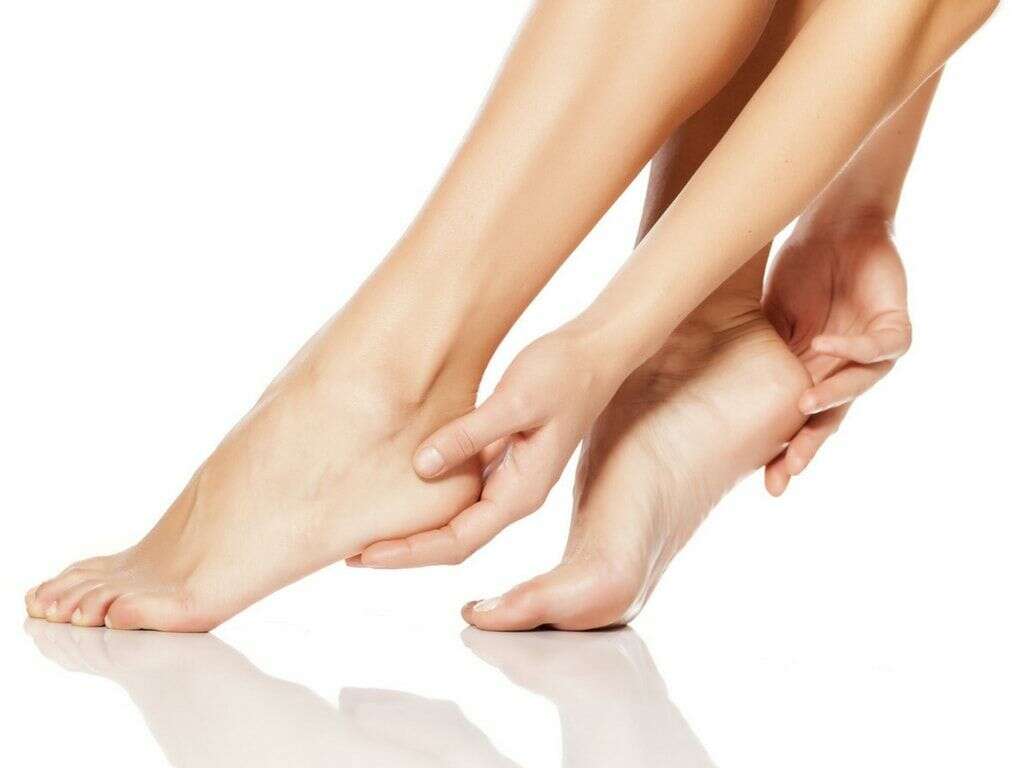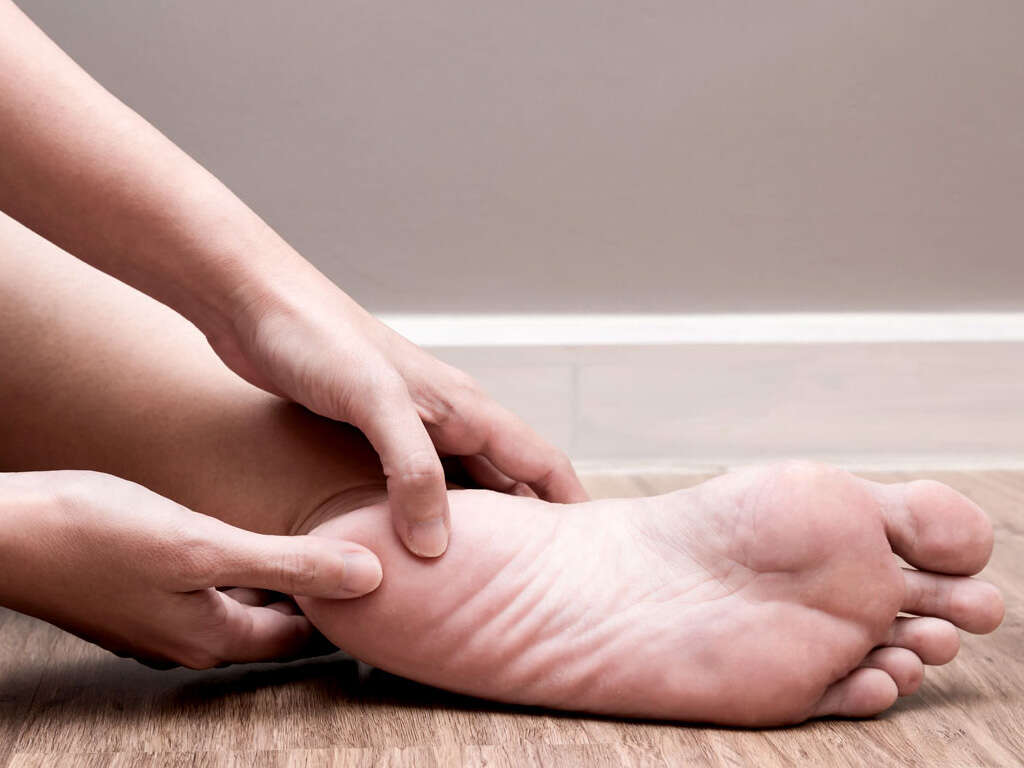What Is Sever's Disease?
Children with pain and discomfort around their heel may be showing signs of Sever’s disease. This uncomfortable condition is common among growing children who participate in vigorous activity, such as sports. It affects the back of the heel, growth plate and heel bone and is usually found in children between the ages of eight and 14.
Learn more about the signs, symptoms, causes and treatment options for Sever’s disease. Explore solutions for this painful disease and find out how activities at home or medical treatment options can assist a child who may be living with this disease.
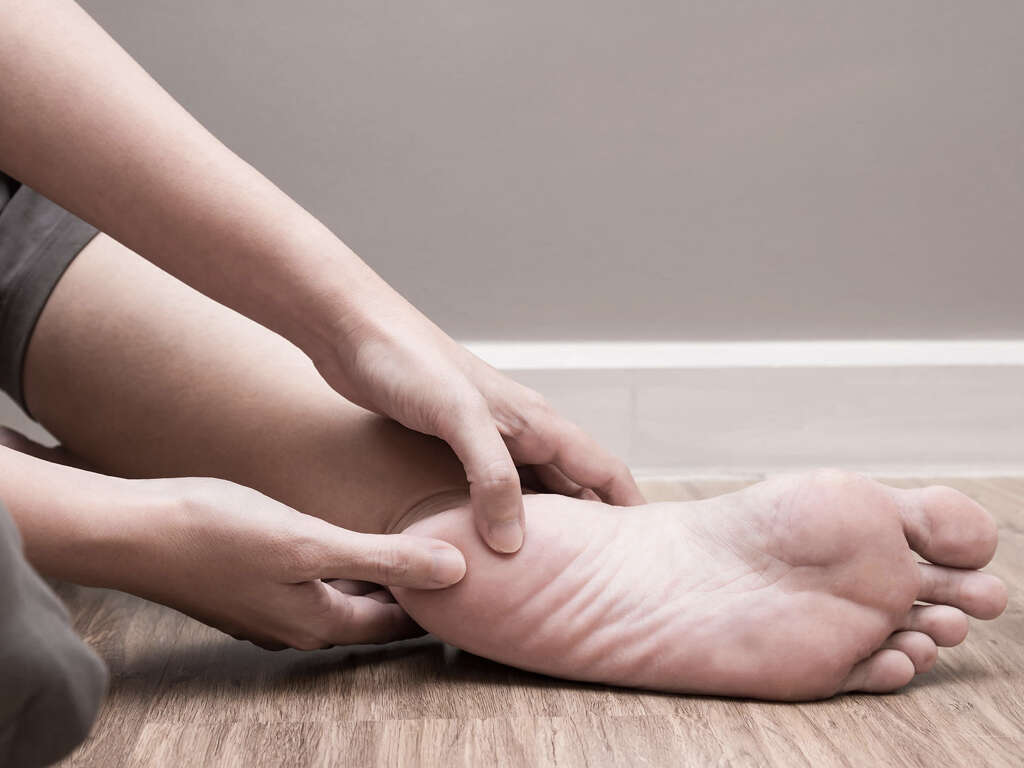
1. What Are the Risk Factors of Sever’s Disease?
Adolescents and children who participate in strenuous athletic activities have a higher chance of being affected by this disease. Continued stress to the heel is a common risk factor, which occurs during jumping and running sports and outdoor activities.
Another potential factor is growth spurts. Periods of rapid growth cause structural changes to the heel bones, tendons and muscles of adolescents and increase the risk of Sever’s disease. Wearing flat shoes can also be a contributing variable. Overall, though, growing periods appear to be the most common risk factor, as many adolescents who are less active can still experience this issue.

2. What Are Common Symptoms?
The most common symptoms include pain, tenderness, redness and swelling. The feeling may be similar to a fracture or other serious issue surrounding heel bones. Individuals with Sever’s disease report pain in one or both heels, particularly when running or jumping.
The pain often is worse at the beginning of the day and after exercise. Some adolescents and children will start to limp or walk on their toes to avoid increasing pressure on the sensitive area of their heels. Severe cases may make it difficult to walk without a limp or pain.
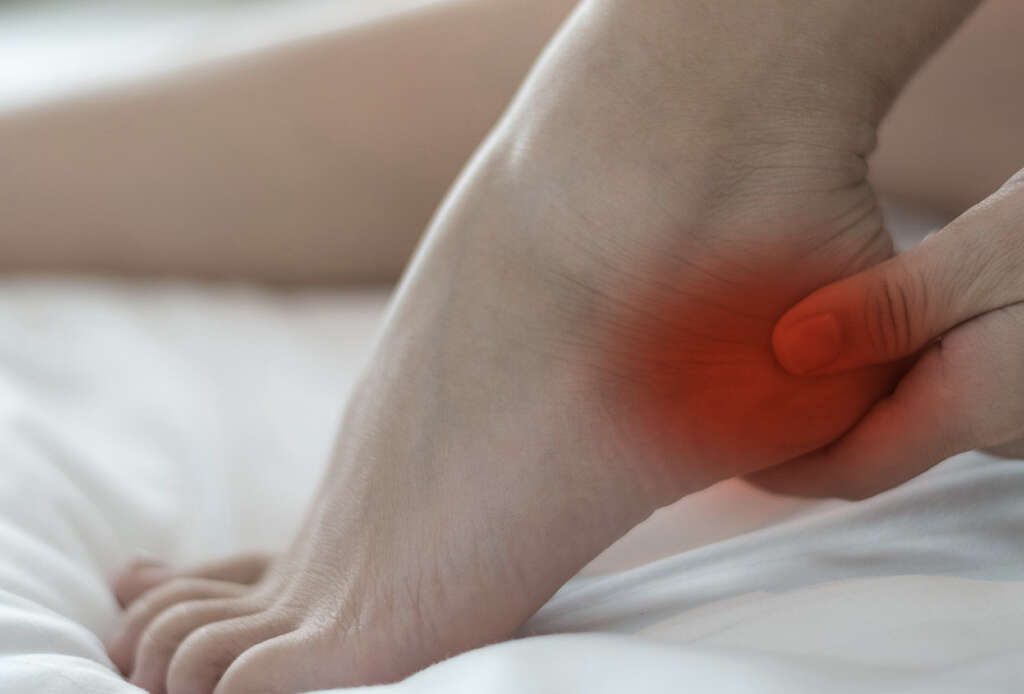
3. What Causes This Disease?
Sever’s disease affects the Achilles tendon, apophysis and calcaneus. Bones continue to grow through adolescents. The growth plates, which are cartilage at the ends of the bones but separate from the joint between two bones, can become inflamed during repetitive activities.
Inflamed growth plates in turn inflame and irritate the Achilles tendon, which connects the calf muscles and heel bone. Swelling and inflammation in these areas causes tenderness and pain. An X-ray of a heel with Sever’s disease may or may not show any issues, but the affected area may appear red and swollen to the naked eye.

4. Who Is Affected by This Disease?
Individuals affected by Sever’s disease are typically physically active and still growing. Children in early puberty who participate in sports are those most commonly affected. Girls between the ages of eight and 10 and boys between the ages of 10 and 12 are at the highest risk. Gymnastics and soccer are the most common physical activities that cause this disease.
While rare, teenagers can also be affected. As growth plates close, however, the disease becomes much less prevalent. The initial signs and symptoms may be attributed to a fracture or sprain, so it’s important to have this issue properly diagnosed.
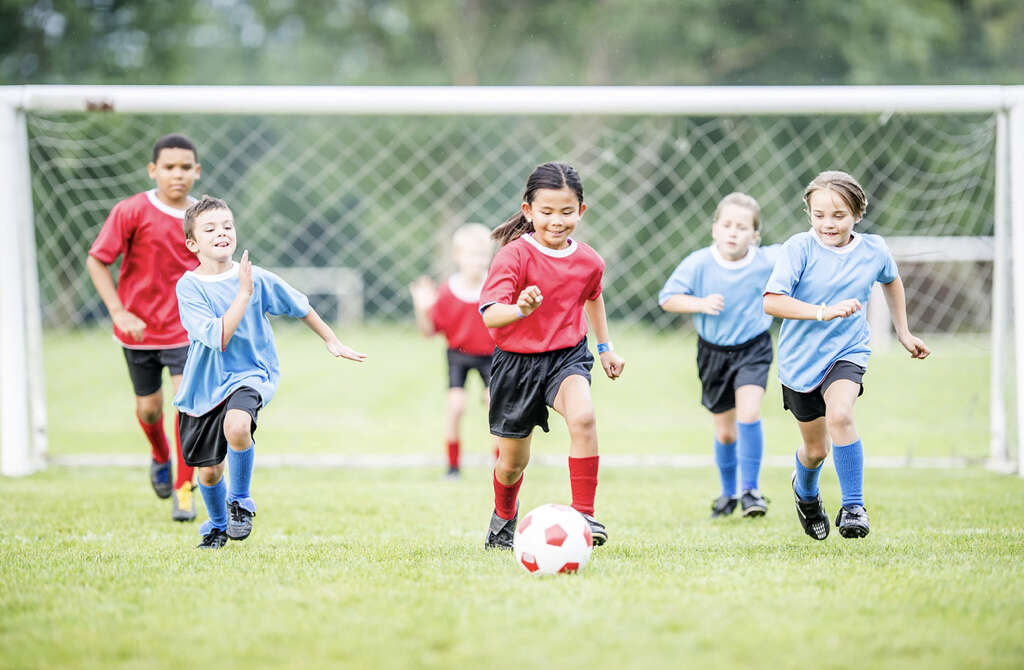
5. How Is It Diagnosed?
Because of the painful symptoms of this disease, your child will typically inform you of discomfort before you see any other signs. Be sure to have a doctor examine the affected heel or heels to be sure there aren’t signs of a fracture or other issue.
A medical professional will inspect the area and may perform a squeeze test. A slight squeeze on the backside of the heel can determine whether it is swollen and/or painful. Your child may also need an X-ray to rule out a fracture.
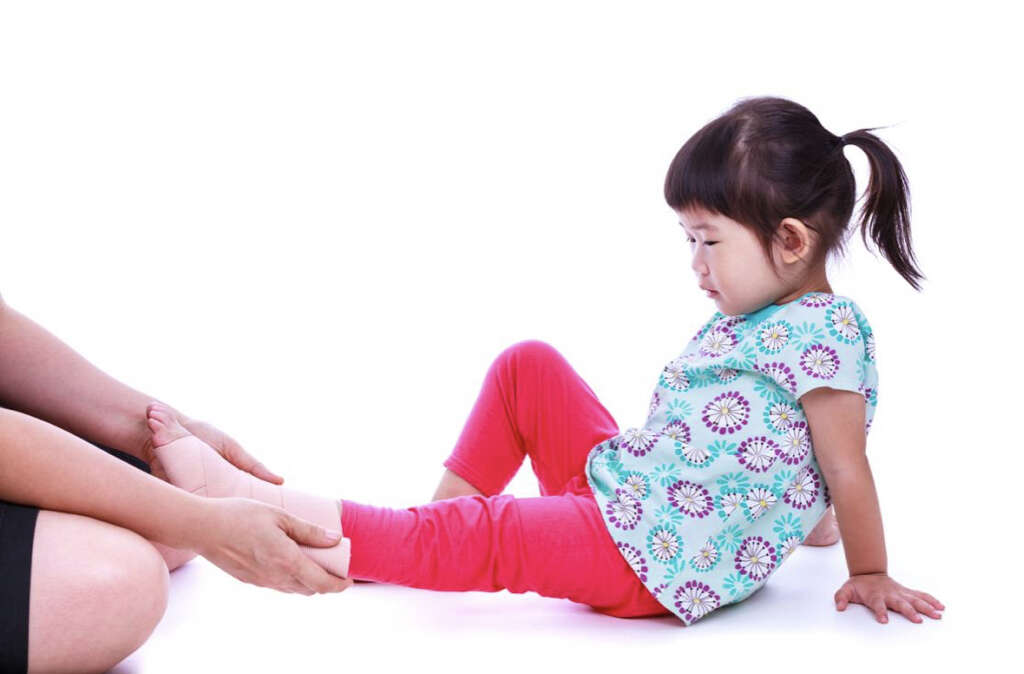
6. Are There Effective Treatment Options at Home?
Always ask your doctor before starting a treatment option. For most cases of Sever’s disease, rest, ice and stretches are an effective treatment regime your child can do at home. Symptoms typically subside as a child rests, so it’s important to take a break from running and jumping activities.
Ice, anti-inflammatory medicines and a stretching routine can encourage healing and relieve symptoms. Ask your doctor about calf stretches that can reduce pain and swelling and promote a rapid recovery. Improper stretching can increase pain and discomfort, but proper assisted or unassisted stretching is a popular treatment option. A physical therapist is an excellent choice for a medical professional that can help to quickly alleviate symptoms and return the child to play.
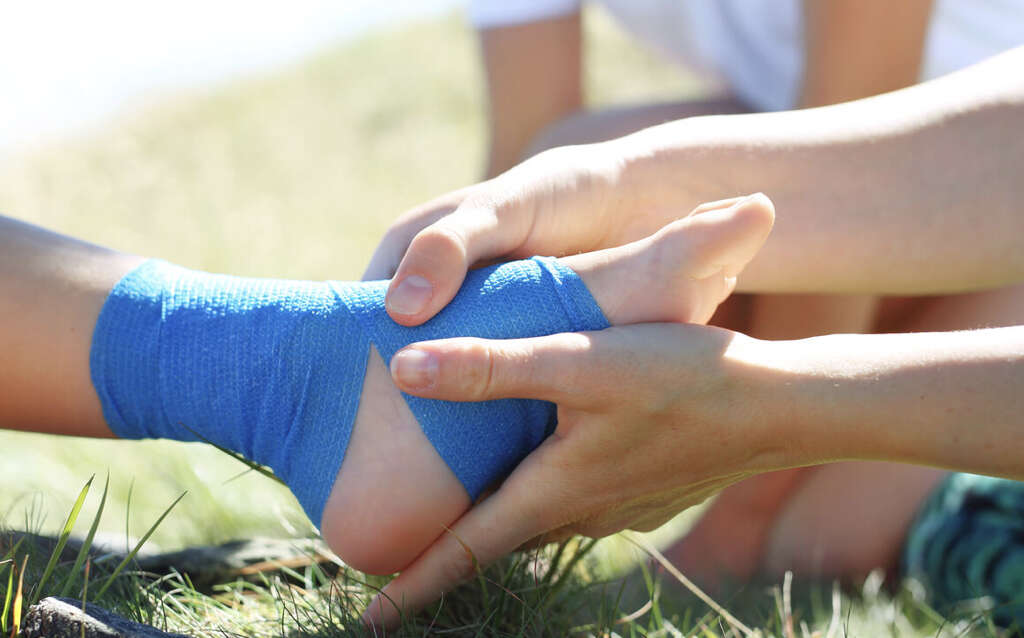
7. Is Medication Prescribed for Sever’s Disease?
Pain caused by Sever’s disease rarely requires prescription medication. For most cases, ibuprofen or naproxen is effective at reducing pain and swelling. If your child continues to experience extreme pain, contact your doctor immediately. Don’t take any medication not recommended by your doctor to attempt to treat Sever’s disease.
A fever higher than 101.4, increased swelling while at rest and severe pain are all signs that you should contact your doctor. Symptoms should decrease with rest, ice, stretching and pain medication, so an increase in symptoms may be a sign of another issue.

8. Does Sever’s Disease Affect Sports and Other Activities?
Unfortunately, Sever’s disease commonly reoccurs. It’s important to rest in order to reduce the severe pain and discomfort associated with the disease. Once the pain subsides, your child may slowly begin sports activities again. Be sure to encourage continued use of stretching techniques as a prevention strategy.
It’s not uncommon for this disease to recur, and your child may need to cease sports activities when it does. The disease will cease to recur once your child is fully grown and the growth plate is matured, so it isn’t long-term health concern or condition.

9. Is It a Long-Term Issue?
Thankfully, Sever’s disease only affects children and adolescents in puberty. It’s caused by inflammation of the growth plate, which matures into solid bone as children grow. A fully matured heel bone is stronger than a growth plate and isn’t affected by this disease.
Until this occurs, which is typically around 15 years of age, encourage routine stretching. Be cautious of extreme physical exertion, particularly running and jumping activities. While symptoms rarely reappear once an adolescent is over 15 years old, it commonly returns between the ages of eight and 15 years old, so it’s important to encourage rest at the first signs of recurring symptoms.

10. What Is the History of Sever’s Disease?
This disease was first described in 1912. Also known as calcaneal apophysis, it is named after James Warren Sever. It isn’t a serious disease and, while it can cause extreme discomfort, it isn’t a permanent issue. Your child won’t suffer from long-term damage due to this disease.
Learn more about this disease and discuss any unusual symptoms with your doctor. Help your child or someone you know to reduce the pain and inflammation of Sever’s disease with anti-inflammatory medication, proper stretching techniques and periods of rest.









